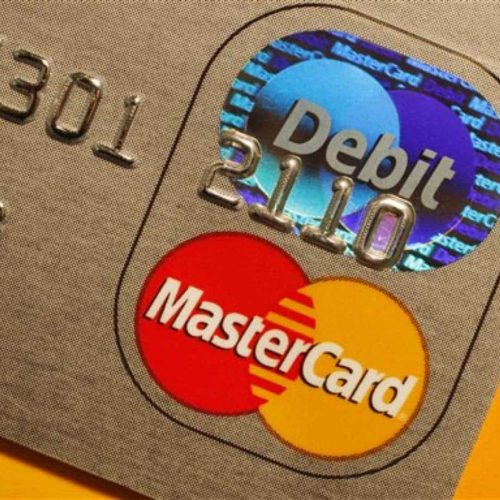Introduction
The Federal Reserve gave big U.S. banks a break today when it announced a cap on debit card swipe fees of 21 cents per transaction, higher than 12 cents it initially suggested in December.
Banks now charge an average of 44 cents to process each debit transaction. They had complained they would lose about $16 billion in revenue if the original 12-cent cap was finalized.
Merchants must pay the fee to banks each time a customer uses a debit card for a purchase.
Lobbyists for the two powerful industries lobbies have battled over the issue on Capitol Hill and at the Fed ever since the fee cap was added by Democratic Sen. Dick Durbin of Illinois to last summer’s Dodd-Frank financial reform bill.
Unsurprisingly, those in the merchant’s camp are disappointed. Tom Undlin, an attorney heading a retailers’ class-action lawsuit trying to abolish the fees, said the final rule “does not appear to faithfully implement the law and will cost merchants, and ultimately consumers, billions of more dollars per year.”
The American Bankers Association, however, said it commended the Fed for including additional costs in the higher fee cap. In a statement, the industry group warned that “consumers will see higher fees for basic banking services” as banks try to make up the lost revenue.
After its original 12-cent proposal, the Fed caught fire from banks for defining too narrowly the costs banks incur to process a debit purchase — limiting its estimate only authorization, clearing and settlement costs. To arrive at the final 21-cent cap, the Fed said it included other costs, such as anti-fraud measures to authorize a transaction, actual fraud losses, and network fees.
The Fed said it plans to publish annual list of average interchange fees by network so that merchants can comparison shop. And every two years, the Fed will publish a summary of the actual costs incurred by banks and card networks to process transactions.
“The Board plans to monitor developments in the debit card market; that monitoring will include collecting and publishing data related to debit card costs and interchange fees,” Fed Chairman Ben Bernanke said at the meeting, which was webcast. “These data will help the Board, as well as issuers (both large and small), merchants, networks, consumers, and Congress assess whether the statute and the rule are effectively accomplishing their intended goals.”
Read more in Inequality, Opportunity and Poverty
State Integrity 2012
State Integrity Investigation highlighted ethics problems plaguing Virginia and its governor
Financial Reform Watch
New Jersey: Best score in the country
With a B+, the Garden State receives the highest score in the U.S., an 87


Join the conversation
Show Comments